Kanchenjunga, the third-highest peak in the world, has always been a beacon for mountain lovers like myself. Known for its raw, unspoiled beauty, the journey to its base camp is an exploration into the wilderness unlike any other. In this blog, I aim to take you on a virtual tour of my experience, sharing the highs, the lows, and everything in between. I hope that this account will not only provide you with valuable information but also inspire you to embark on your adventures into the wild.
Stay tuned as we ascend into the unknown, step by step, up to the Base Camp of the majestic Kanchenjunga.
A Himalayan Odyssey
The Kanchenjunga Base Camp Trek is a challenging and immensely rewarding journey that takes you to the foothills of the mighty Kanchenjunga, the third-highest mountain in the world. Nestled between the borders of Nepal and Sikkim, India, the trek traverses through varied terrains, giving trekkers a taste of the diverse landscapes of the Himalayas. Verdant forests, glacial rivers, quaint villages, and snow-clad peaks come together to paint a picture of unparalleled beauty, making the trek a dream for nature enthusiasts.
My decision to undertake the Kanchenjunga Base Camp Trek was fuelled by two main factors - a deep-rooted love for the mountains and an intense desire for a challenge that would push my boundaries. The trek’s reputation of being less crowded than its counterparts, Everest and Annapurna, added to its allure, promising an experience that was as serene as it was strenuous.
Now, onto a captivating fact about Kanchenjunga that further piqued my interest. Kanchenjunga, translating to the 'Five Treasures of Snow', carries great cultural and spiritual significance for the local communities. Each of the five peaks is believed to represent one of the five treasures - gold, silver, gems, grain, and holy books. As you trek towards the base camp, you can't help but feel a sense of reverence towards these peaks, a testament to the harmony between nature and culture in these regions.
In the following sections, I will share the details of my preparations for the trek, the day-by-day itinerary, personal experiences, and helpful tips for anyone considering this epic journey. Stay with me as we venture deeper into this Himalayan marvel.
Overview of the Trek
The Kanchenjunga Base Camp Trek typically starts from the small village of Taplejung in Eastern Nepal. From there, the route leads you through lush forests, terraced farmlands, and remote villages as you steadily ascend toward the base camp. You get to experience the diversity of the Himalayan ecosystem as the landscape transitions from subtropical forests at the lower elevations to alpine meadows and glacial moraines higher up.
The trek typically spans a duration of 20 to 25 days, depending on the pace and acclimatization requirements of the trekkers. Being one of the longer treks in the Himalayas, it demands not just physical fitness but also mental resilience.
In terms of difficulty, the Kanchenjunga Base Camp Trek is considered strenuous. The path involves steep climbs, challenging terrains, high-altitude walking, and unpredictable weather conditions. The highest point of the trek is the Kanchenjunga Base Camp itself, situated at a dizzying altitude of 5,143 meters (16,873 feet).
However, the effort is well worth the reward. The trek offers breathtaking views of Kanchenjunga and its sister peaks, an in-depth experience of local cultures, and a true sense of solitude amidst the grandeur of the mountains. It's a journey that stimulates the senses and the soul, leaving an indelible mark on the hearts of those who undertake it.
In the next section, we'll delve into the preparations required for the trek - the best time to go, the fitness level required, necessary permits, a packing list, and travel insurance.
Preparations
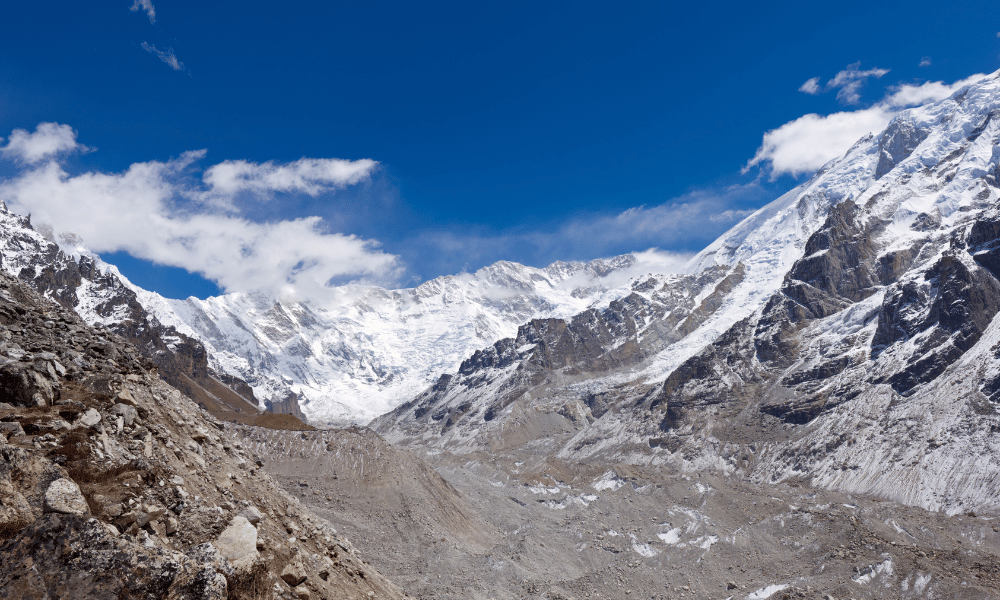
Determining the best time to undertake the Kanchenjunga Base Camp Trek is crucial for a successful and enjoyable experience. The Himalayan weather can be quite unpredictable, and it's vital to choose a time when the conditions are most favorable.
Generally, the trek is best undertaken during two primary windows in the year - the pre-monsoon (spring) season and the post-monsoon (autumn) season.
Spring (March to May):
Spring is a fantastic time for the trek as the weather is typically clear and stable, providing excellent visibility of the majestic peaks. This is also the time when the lower elevations are a riot of colors, thanks to the blooming rhododendrons and other wildflowers.
Autumn (October to November):
Autumn, following the monsoons, is another popular time for the trek. The skies are crystal clear, and the mountainscapes are stunning, with freshly snow-covered peaks. The lower forests showcase a brilliant play of autumnal colors, making the journey exceptionally scenic.
Summer months (June to September) are generally not recommended due to the heavy monsoons that can lead to slippery trails, leeches, landslides, and poor visibility. Likewise, winter (December to February) brings intense cold and heavy snowfall, making the high passes dangerous and often impassable.
Remember, no matter when you decide to trek, always be prepared for sudden weather changes, as they are quite common in the mountains. In the next section, I'll share the details about the physical preparation required for this challenging journey.
Pre-Trek Training
Given the strenuous nature of the Kanchenjunga Base Camp Trek, it is essential to be physically fit and well-prepared. The trek involves long days of walking on challenging terrains, steep ascents and descents, and coping with high-altitude conditions. Here are some essential training tips and a suggested workout regimen to help you prepare:
1. Cardiovascular Training: Building stamina is crucial as you will be trekking for multiple days in a row. Cardiovascular exercises such as running, cycling, swimming, or stair climbing should be part of your daily routine. Start with 30 minutes a day and gradually increase the duration and intensity as your fitness improves.
2. Strength Training: Strength training, particularly focusing on the legs, will help you navigate difficult terrains and steep climbs. Exercises like squats, lunges, and step-ups will strengthen your quadriceps, hamstrings, and calves. Don’t forget to work on your core and upper body strength as well, as carrying a backpack for long durations will require it.
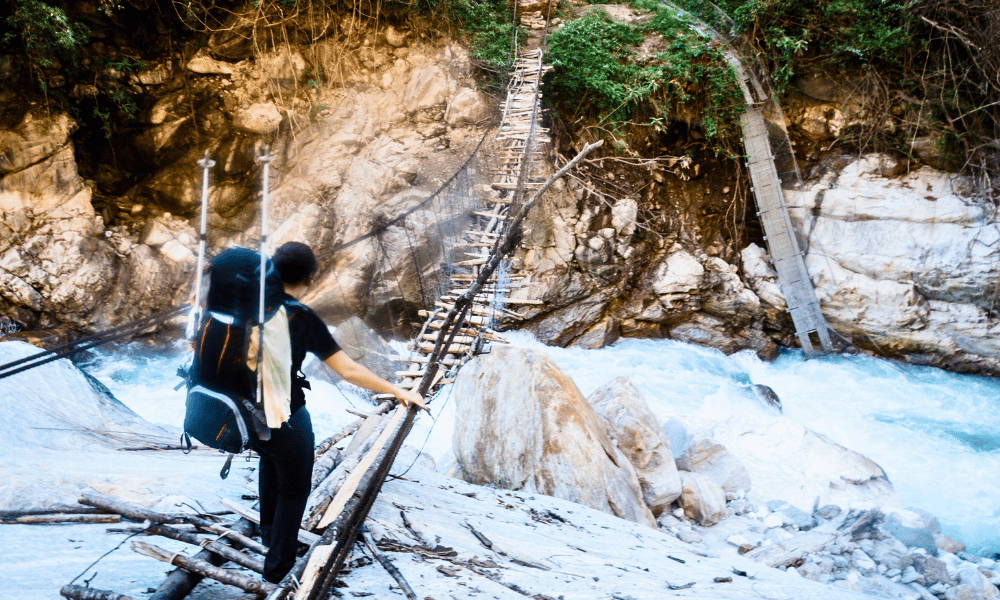
3. Flexibility Training: Regular stretching and flexibility exercises will help prevent injuries and muscle soreness during the trek. Yoga can be a great way to improve your flexibility and balance, which can be beneficial on uneven trails.
4. High Altitude Training: If possible, try to include some high-altitude hikes in your training regimen. This will not only help your body get accustomed to strenuous exercise at high altitudes but also give you a fair idea of how your body responds to decreased oxygen levels.
5. Mental Preparation: Mental stamina is as important as physical endurance in high-altitude trekking. Practicing mindfulness and mental strength exercises can help you better deal with the challenges you may face during the trek.
Remember to get a full medical check-up before you start your training program, and always listen to your body. It's important to gradually increase your fitness level rather than rushing into intense training to avoid injuries. In the next section, we'll discuss the necessary permits and legalities for the trek.
Necessary Permits and Legalities
Before setting off on the Kanchenjunga Base Camp Trek, you need to acquire several permits. Trekking in this region is regulated to preserve its unique environment and culture, and to ensure the safety of the trekkers. Here's what you'll need:
1. TIMS Card (Trekkers’ Information Management Systems): All trekkers in Nepal are required to obtain a TIMS card. It helps the authorities keep track of trekkers and ensures their safety.
2. Kanchenjunga Conservation Area Permit (KCAP): Since the trek lies within the Kanchenjunga Conservation Area, you'll need to obtain a KCAP.
3. Restricted Area Permit (RAP): As the Kanchenjunga Base Camp lies in a restricted area, you will also need a RAP. This permit is issued to ensure only a certain number of trekkers visit the area, helping preserve its natural and cultural integrity.
You can obtain these permits from the Nepal Tourism Board Office in Kathmandu. It's recommended to go through a registered trekking agency, as they can help streamline the process. Remember to bring multiple passport-sized photos and photocopies of your passport, as they will be required for the forms.
Please note that these regulations can change, and it's always a good idea to check for any updates before you plan your trip. In the next section, we'll discuss what to pack for the trek to ensure a comfortable and safe journey.
What to Pack
Packing for a long trek like the Kanchenjunga Base Camp Trek requires careful thought. Here's a list of essentials you need to include in your backpack:
Clothing:
-
Base layers: Quick-dry synthetic or Merino wool shirts, thermal underwear
-
Trekking pants and shorts
-
Fleece jacket or sweater for layering
-
Waterproof and windproof jacket and pants
-
Down jacket for the cold nights and higher altitudes
-
Gloves: Light inner gloves and heavier outer gloves
-
Trekking socks: Quick-dry and warm wool socks
-
Hat: A sun hat for daytime and a beanie for cold nights
-
Bandana or buff to protect from dust
Gear:
-
Trekking boots: Ensure they're well broken in before the trek
-
Sandals or comfortable shoes for evenings in the teahouse
-
Backpack with rain cover
-
Trekking poles
-
Headlamp with extra batteries
-
Sunglasses with UV protection
-
Sleeping bag rated for at least -10 degrees Celsius and a sleeping bag liner for added warmth
Health and Hygiene:
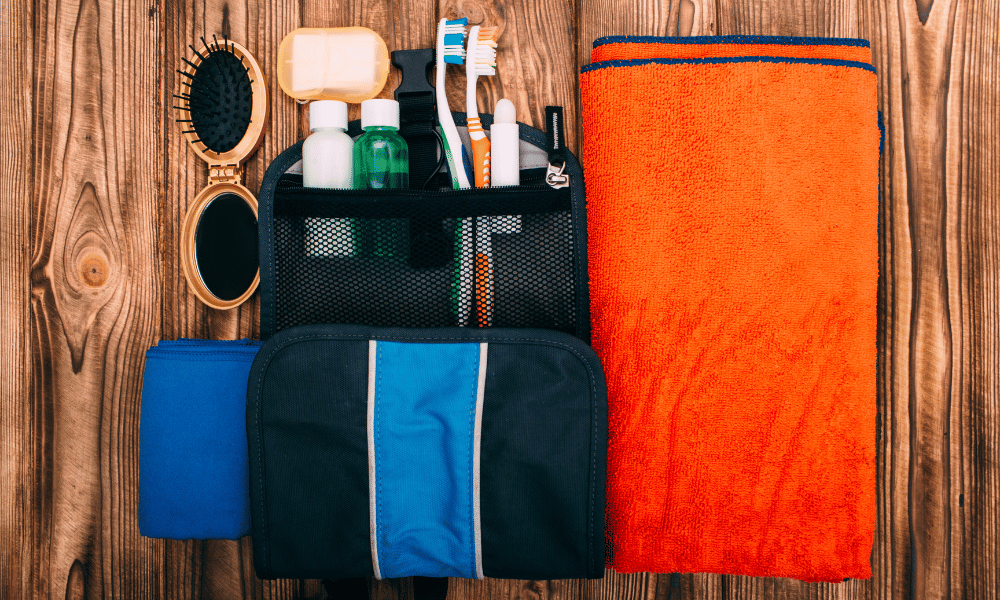
-
Water purification tablets or a water filter
-
Reusable water bottles or hydration bladder
-
High-calorie snacks like nuts, protein bars, and chocolate
-
Personal first-aid kit including any prescribed medications, altitude sickness medication, band-aids, antiseptic cream, painkillers, and diarrhea medicine
-
Sunscreen and lip balm with high SPF
-
Wet wipes and hand sanitizer
-
Biodegradable toilet paper
Documents:
-
Passport and copies
-
Trekking permits
-
Travel insurance documents
Miscellaneous:
-
Camera and portable charger
-
Books or a Kindle for leisure time
-
Earplugs, especially if you are a light sleeper
-
Quick-drying towel
-
Ziplock bags to keep things organized and dry
Remember, while it's crucial to be well-prepared, it's equally important not to overpack. Stick to the essentials and ensure your backpack isn't too heavy, as you'll be carrying it for long hours every day. In the next section, I'll highlight the importance of getting appropriate travel insurance for the trek.
Travel Insurance

Travel insurance is an absolute must for any trekking adventure, and the Kanchenjunga Base Camp Trek is no exception. The rugged terrain, high altitude, and unpredictable weather make for a potentially risky venture, and it's important to be prepared for any contingencies.
Here's why travel insurance is crucial:
1. Emergency Evacuation: If you develop severe altitude sickness or suffer an injury during the trek, you might need an emergency helicopter evacuation. These operations can be exorbitantly expensive, and having insurance can protect you from these high costs.
2. Medical Coverage: Treatment in a foreign country can be costly, especially if it involves hospitalization. A good travel insurance plan will cover these expenses.
3. Trip Cancellation or Curtailment: If you need to cancel your trip last minute due to unforeseen circumstances or cut it short due to emergencies, travel insurance can cover the associated costs.
4. Loss or Theft: Insurance can provide coverage if your belongings get lost or stolen during the trek.
5. Flight Delays or Cancellations: Travel insurance can compensate for any additional expenses incurred due to flight delays or cancellations.
When choosing travel insurance, ensure it covers high-altitude trekking (up to the maximum altitude of the trek) and helicopter evacuation. Some reliable providers that offer comprehensive travel insurance suitable for high-altitude treks like Kanchenjunga Base Camp Trek are World Nomads, Global Rescue, and Allianz Global Assistance.
Always read the terms and conditions thoroughly to understand what is and isn't covered. Remember, it's always better to be safe than sorry, especially when embarking on a challenging adventure such as the Kanchenjunga Base Camp Trek. In the following section, let's delve into the day-to-day itinerary of the trek.
Detailed Itinerary
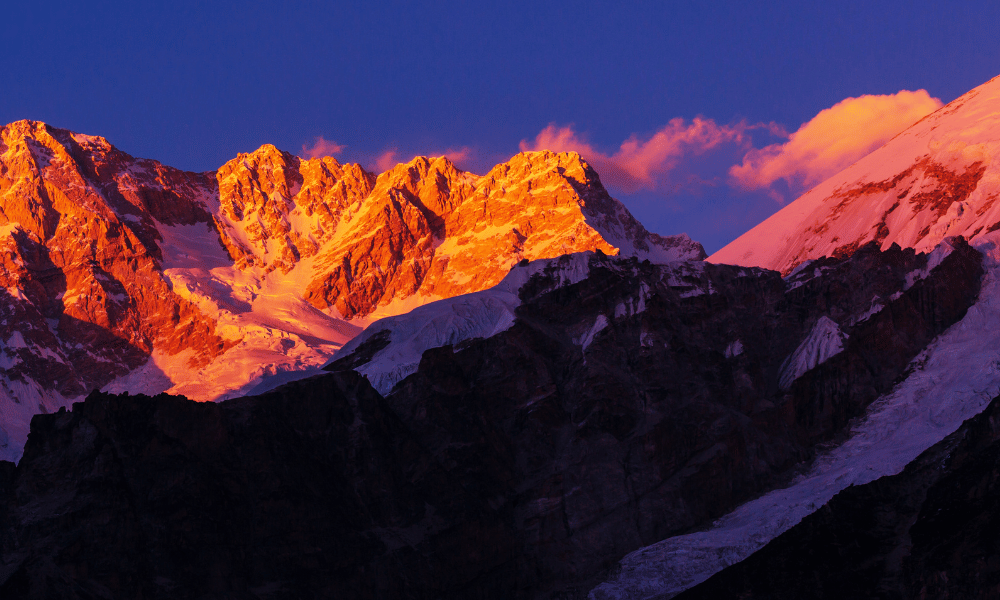
Here, I'm presenting a typical 22-day itinerary for the Kanchenjunga Base Camp Trek. However, remember that the exact duration and stops can vary based on your trekking agency, your pace, and other factors like weather conditions.
Day 1: Kathmandu to Taplejung
The adventure begins with a flight from Kathmandu to Bhadrapur, followed by a drive to Taplejung. Get some rest and prepare for the trek ahead.
Day 2-3: Trek to Chirwa
Begin the trek through terraced farmlands and lush forests, crossing several suspension bridges on your way to Chirwa, a small Limbu village. Spend two days acclimatization and exploring the village.
Day 4-6: Trek to Ghunsa
The trail leads to the Ghunsa River valley through dense forests and picturesque villages. Spend an extra day in Ghunsa for acclimatization, exploring local monasteries, and interacting with the Sherpa community.
Day 7-9: Trek to Lhonak
Trek along a high and rocky river bank through landslide-prone areas. Lhonak, situated near Kanchenjunga glacier, offers mesmerizing views of the snow-capped peaks.
Day 10-12: Trek to Kanchenjunga Base Camp
Reach the highlight of your journey, Kanchenjunga Base Camp, also known as Pangpema. Spend a day marveling at the awe-inspiring close-up views of the Kanchenjunga massif, and explore the area around the base camp.
Day 13-15: Trek back to Ghunsa
Begin your descent back down the same path, making your way back to Ghunsa.
Day 16-18: Trek to Amjilosa
Take a different route back from Ghunsa through lush green forests, following the Ghunsa and Tamur rivers to the small Tibetan village of Amjilosa.
Day 19-21: Trek to Taplejung
The final leg of your trek will take you through beautiful cardamom fields and tropical jungles back to Taplejung.
Day 22: Taplejung to Kathmandu
Drive from Taplejung to Bhadrapur and then catch a flight back to Kathmandu. Reflect on the journey and bid farewell to the Himalayas.
Keep in mind that this itinerary should be used as a guideline and your actual path might vary based on various conditions. Always follow the guidance of your trekking guide who knows the area best. In the next section, I'll share some personal experiences and observations from the trek.
Special Highlights

Every day on the Kanchenjunga Base Camp Trek is unique, filled with breathtaking views, interactions with local communities, and encounters with diverse flora and fauna. Here are some special highlights from the trek:
Taplejung: The journey begins in this charming mountain village, offering an insight into the local culture and traditions.
Chirwa: The path to Chirwa goes through lush green forests and several suspension bridges. Chirwa itself is a beautiful Limbu village surrounded by agricultural fields.
Ghunsa: This is a significant Sherpa village where you can observe the unique Sherpa culture, explore local monasteries, and enjoy the warm hospitality of the people.
Lhonak: The journey to Lhonak takes you through landslide-prone areas, but the trek is rewarded with mesmerizing views of the Kanchenjunga range.
Kanchenjunga Base Camp (Pangpema): The pinnacle of the trek, the base camp provides awe-inspiring views of the Kanchenjunga massif. The panorama of the snow-clad peaks under the blue sky is simply unforgettable.
Flora and Fauna: The trek traverses diverse ecosystems, from subtropical forests to alpine meadows. You'll see rhododendrons and orchids, and if lucky, you might spot rare animals like snow leopards and red pandas. The Kanchenjunga Conservation Area is also home to a variety of bird species, making it a delight for bird watchers.
Cardamom Fields and Tropical Jungles: The final leg of the trek will take you through beautiful cardamom fields and tropical jungles, a striking contrast to the snowy landscapes of the higher elevations.
Local Cuisine: Throughout the trek, don't miss out on trying local delicacies. From hearty dal bhat (lentils and rice) to warming butter tea, the food is as much a part of the experience as the landscapes.
Each day of the trek is filled with its own surprises and memorable moments, making the journey an enriching experience. In the next section, I'll share some helpful tips and tricks to make your trek more enjoyable.
Personal Experiences
Throughout the Kanchenjunga Base Camp Trek, every day was filled with unique experiences and memories that I will cherish forever. Here, I'd like to share a few anecdotes, insights, and some of the challenges I encountered during the trek.
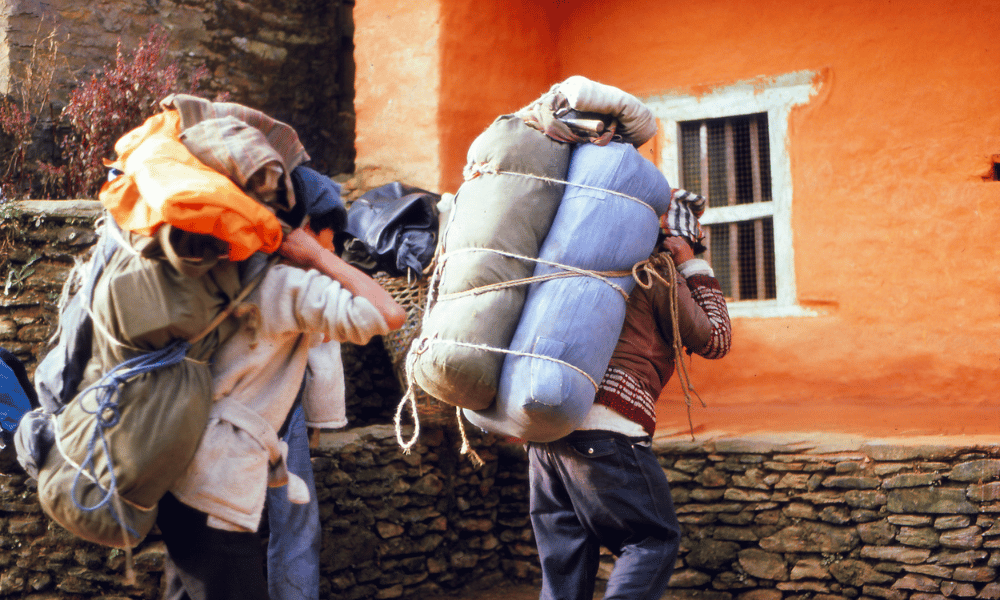
A Warm Welcome in Taplejung: On the first night of our journey, the village of Taplejung warmly welcomed us. We were greeted by the local people's hospitality, who showed us their traditional dance and served us a delicious meal. The experience set a tone of camaraderie for the rest of the trek.
An Unexpected Friend in Chirwa: While acclimatizing in Chirwa, I met a young boy from the village who was eager to communicate with us despite the language barrier. He showed us around the village, and in return, we shared our chocolate with him, forming a sweet bond.
The Struggle is Real: One of the most challenging parts of the trek was the ascent to Kanchenjunga Base Camp. The thin air, coupled with the strenuous climb, made each step feel like a monumental effort. But the sight of the majestic Kanchenjunga, basking in the golden hue of the sunrise, made all the struggle worthwhile. It was a humbling experience, reminding me of nature's raw beauty and grandeur.
A Close Encounter with Wildlife: While descending back to Ghunsa, we spotted a red panda perched on a tree branch. It was a rare and thrilling sight, and we spent a few quiet moments watching this elusive creature in its natural habitat.
Overcoming Altitude Sickness: At higher elevations, I started to feel symptoms of mild altitude sickness - a mild headache and shortness of breath. I had trained for this, but the reality was tougher than I'd imagined. I followed my guide's advice to descend to a lower altitude, rest, and hydrate. The decision to not push myself and the ability to listen to my body made all the difference.
Unforeseen Challenges: There were numerous times when we faced unforeseen challenges – be it a temporary path block due to a minor landslide or a sudden change in weather. However, these instances taught us the importance of resilience, patience, and adapting to situations.
I can't express enough how awe-inspiring the journey was. Every hardship was worth the unparalleled beauty and tranquility that the Kanchenjunga region offered. In the next section, I'll wrap up the blog post with some final thoughts and a heartfelt message to future trekkers.
Lessons Learned and Tips
The Kanchenjunga Base Camp Trek was a journey filled with learning and self-discovery. From preparing for the trek to reaching the base camp, every step taught me valuable lessons. Here are some tips that future trekkers might find useful:
1. Training is Key: The importance of physical preparation cannot be overstated. Start training at least a few months prior to the trek to build your stamina and cardiovascular fitness. Also, include some strength training and flexibility exercises in your routine.
2. Listen to Your Body: Acute Mountain Sickness (AMS) can be a real threat at high altitudes. If you feel any symptoms like headache, dizziness, or shortness of breath, descend to a lower altitude immediately. It's important to remember that everyone acclimatizes differently, so never compare your pace with others.
3. Hydrate, Hydrate, Hydrate: High-altitude treks can dehydrate you quickly. Make sure to drink plenty of water throughout the trek. I found it helpful to carry a hydration bladder, as it reminded me to take sips regularly.
4. Respect the Environment: The Kanchenjunga region is pristine and beautiful. Please do your part to keep it that way. Always carry your trash back with you, avoid using plastic, and respect the local customs and culture.
5. Stay Positive: There will be tough days when you'll feel exhausted, or the weather won't be in your favor. A positive mindset can make a significant difference in such situations. Always remember why you embarked on this journey and how rewarding the experience is going to be.
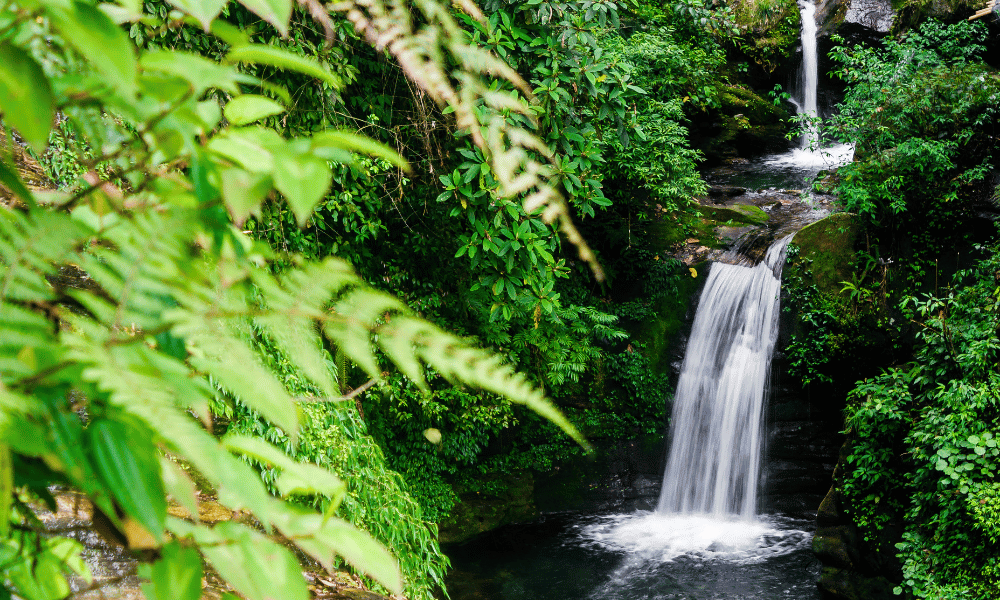
6. Hire a Local Guide: Not only does it contribute to the local economy, but having a guide who knows the terrain well can enhance your trekking experience and ensure your safety.
7. Pack Wisely: Overpacking can make your trek more strenuous. Stick to the essentials and remember that you can buy or rent most of the trekking gear in Kathmandu.
8. Enjoy the Journey: Lastly, remember that the goal isn't just to reach the base camp. Take the time to appreciate the landscapes, interact with the local communities, and enjoy every moment of the journey.
These are just a few of the lessons I learned from my time on the Kanchenjunga Base Camp Trek. Each trekker's experience will be unique, and I hope that these insights will help you prepare for this incredible journey. Safe travels!
Conclusions and Recommendations
The Kanchenjunga Base Camp Trek was more than just a journey through the Himalayas for me. It was a transformative experience, an exploration not only of the stunning landscapes but also of my own physical and emotional boundaries.
The Grandeur of Nature: The trek, with its breathtaking vistas of some of the world's highest peaks, untouched forests, and cascading waterfalls, brought me closer to nature than I've ever been. It reminded me of our planet's raw, natural beauty and instilled in me a deep sense of respect and responsibility toward our environment.
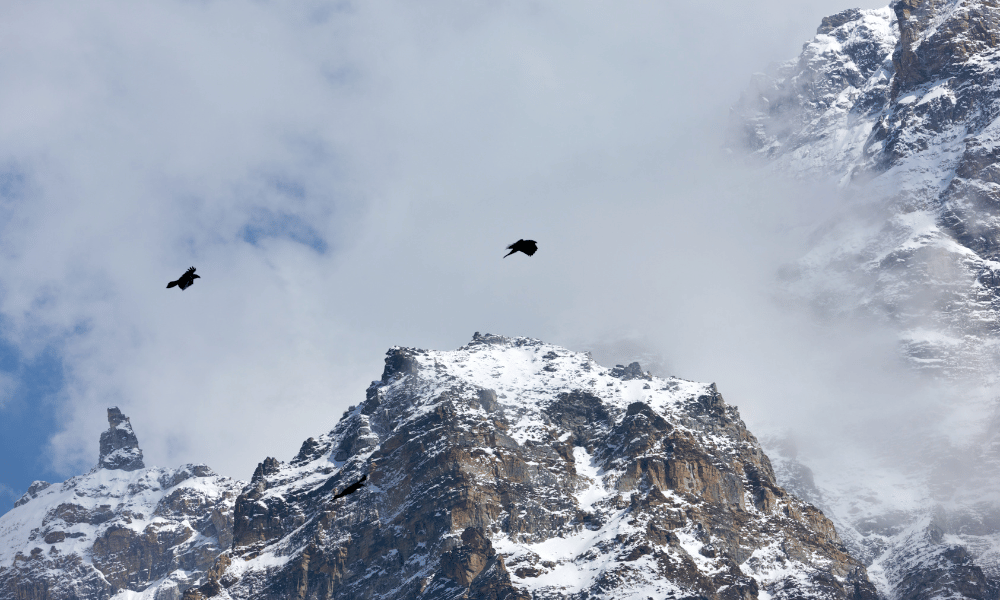
The Challenge and Triumph: The physical challenge was real and, at times, overwhelming. There were moments of exhaustion, doubt, and discomfort. But every strenuous climb, every labored breath was worth the indescribable feeling of standing at the base of the mighty Kanchenjunga. Overcoming the physical challenges of the trek has given me a newfound belief in my strength and resilience.
The Cultural Immersion: The trek also offered an enriching cultural experience. Interactions with the friendly Sherpa and Limbu communities, witnessing their simple lifestyle, and experiencing their warm hospitality added a unique charm to the journey. It was a beautiful reminder of the diversity and richness of human culture.
The Emotional Impact: Lastly, the trek was an emotional journey. It was about finding peace amidst the silence of the mountains, bonding with fellow trekkers over shared struggles and joys, and learning to appreciate the simpler aspects of life. It was a journey of self-discovery, introspection, and learning.
The Kanchenjunga Base Camp Trek was a humbling and enriching experience, and it has left an indelible mark on me. It's an adventure I would recommend to any avid trekker seeking a less-trodden path and a unique trekking experience. As I bid goodbye to the majestic Kanchenjunga, I carry with me memories, experiences, and learnings that I will cherish for a lifetime.
To those embarking on this journey, I say this – embrace every moment, respect the mountains, and let the journey transform you. Here's wishing you an incredible Kanchenjunga Base Camp Trek. Safe travels and happy trekking!
Recommendations
Having experienced the Kanchenjunga Base Camp Trek firsthand, I would unequivocally recommend this trek to others, particularly those who yearn for an off-the-beaten-path experience and wish to explore the less-trodden corners of the Himalayas. However, there are a few things to consider before you decide to embark on this journey.
For the Adventure Seekers: This trek is not for the faint-hearted. It's a strenuous journey that demands a good level of physical fitness, a spirit of adventure, and an ability to adapt to the challenges posed by high altitude and unpredictable weather. If you are an experienced trekker seeking a new challenge, the Kanchenjunga Base Camp Trek is for you.
For Nature Lovers: The trek offers an incredible array of natural beauty, from verdant forests and wild rivers to towering snow-capped peaks. It is also rich in biodiversity, providing opportunities to spot rare and exotic wildlife. If you're a nature enthusiast or a wildlife lover, you'll find this trek immensely rewarding.
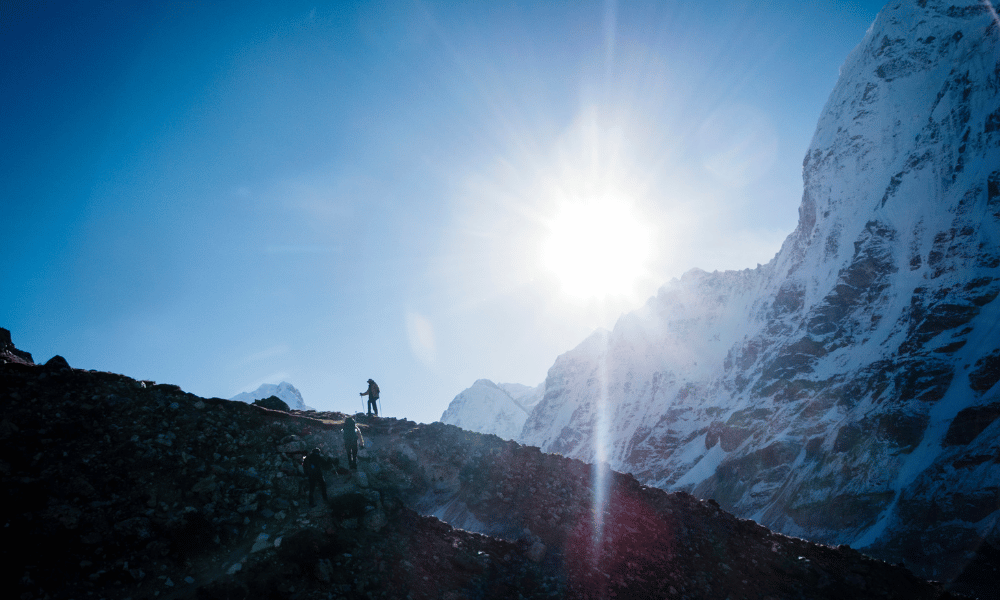
For the Culture Explorers: If you are interested in cultural immersion and learning about local communities, this trek offers plenty. From the warm hospitality of the Sherpa and Limbu people to the opportunity to explore local customs and traditions, this trek offers a cultural experience as enriching as its natural wonders.
For the Solitude Seekers: Unlike some of the more popular trekking routes in Nepal, the Kanchenjunga Base Camp Trek is relatively less crowded, providing a sense of solitude and tranquility. If you're seeking an escape from the crowds and a chance to enjoy the mountains in peaceful solitude, this trek is an excellent choice.
However, the trek's remoteness and the lack of amenities at higher elevations might not be for everyone. It's not recommended for beginner trekkers or those who prefer trekking routes with more developed infrastructure.
In conclusion, the Kanchenjunga Base Camp Trek is a gem of an adventure for the right person. It's a journey that tests you, teaches you, and ultimately, rewards you with an unforgettable experience. If the characteristics I've outlined align with your trekking aspirations, don't hesitate – Kanchenjunga awaits!
Farewell
And there we have it – a complete walkthrough of my experience on the Kanchenjunga Base Camp Trek. From the humble beginnings in Taplejung to the awe-inspiring sights at the base camp, it was an adventure that's etched into my heart and soul. I hope this blog post has given you a sense of what to expect on this remarkable journey and perhaps even inspired you to embark on the trek yourself.
Thank you, dear readers, for your time and for joining me on this virtual journey through the Himalayas. Your support means the world to me, and I am grateful for every one of you.
I invite you all to share your own experiences, thoughts, and questions in the comments section below. Whether you've done the Kanchenjunga Base Camp Trek yourself or are planning to do it, I'd love to hear your stories and answer any queries you may have.
This journey may have come to an end, but the memories and learnings will forever remain. And remember, the mountains are calling, and many more adventures are awaiting us. Until the next journey, stay safe, keep exploring, and happy trekking!






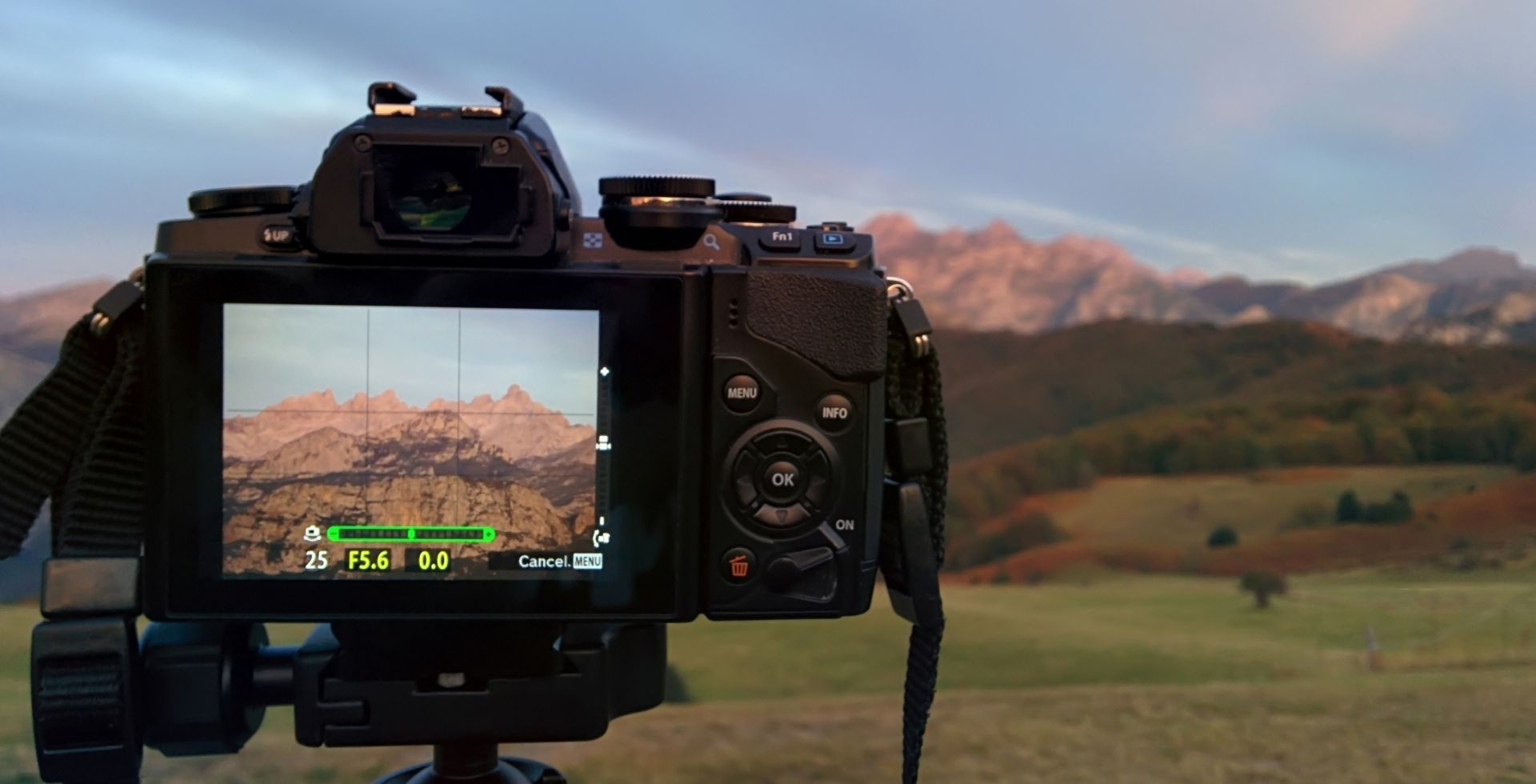

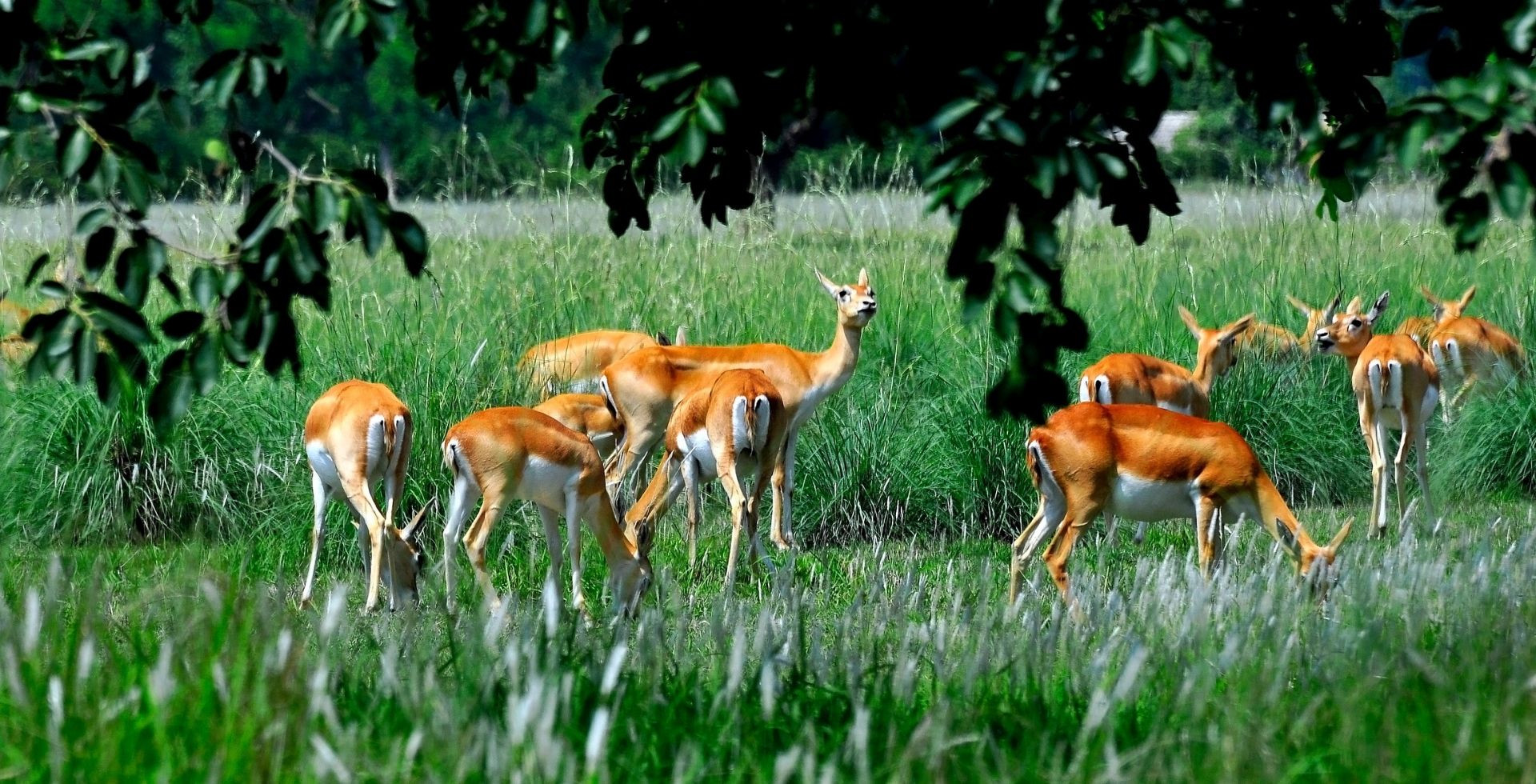
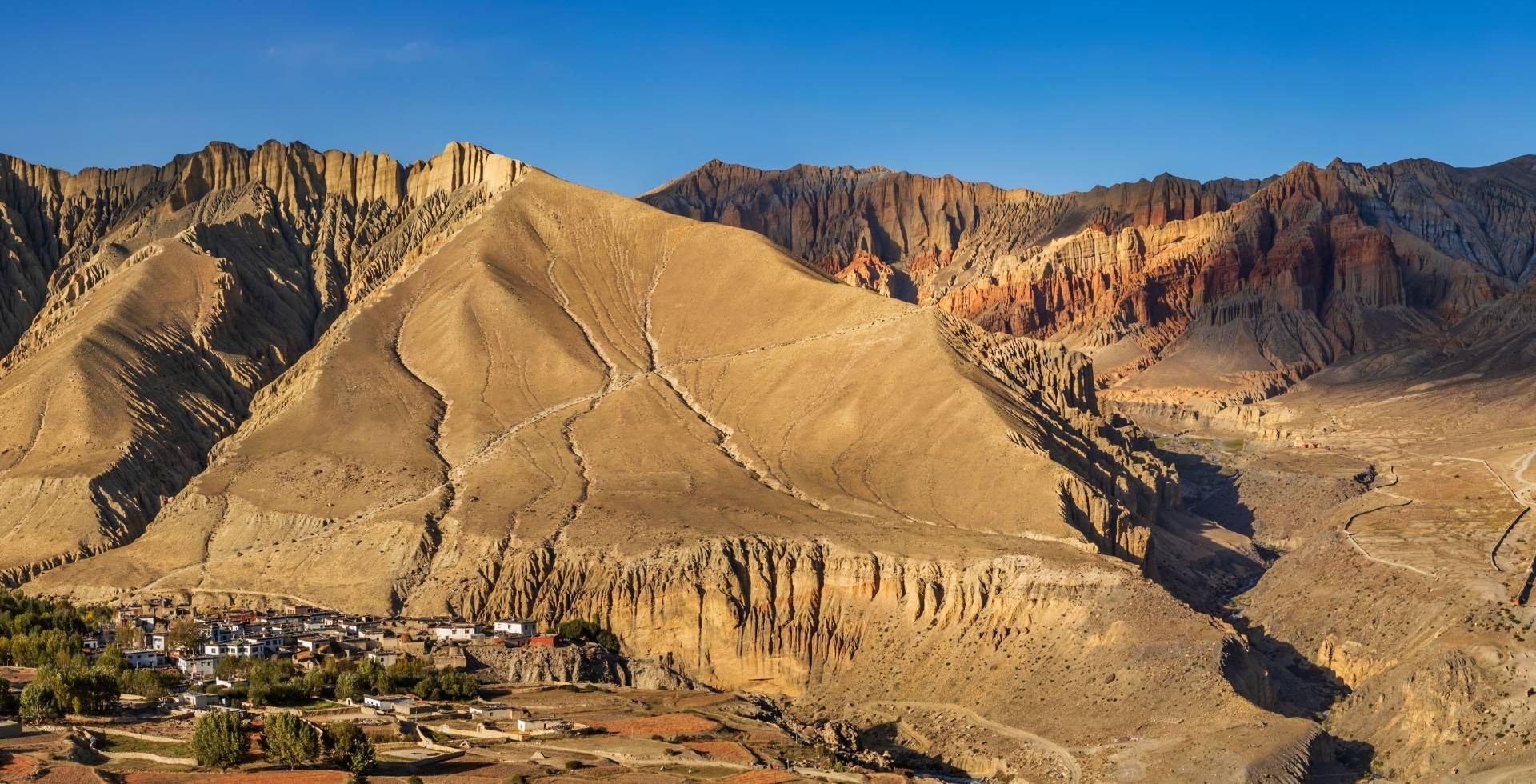

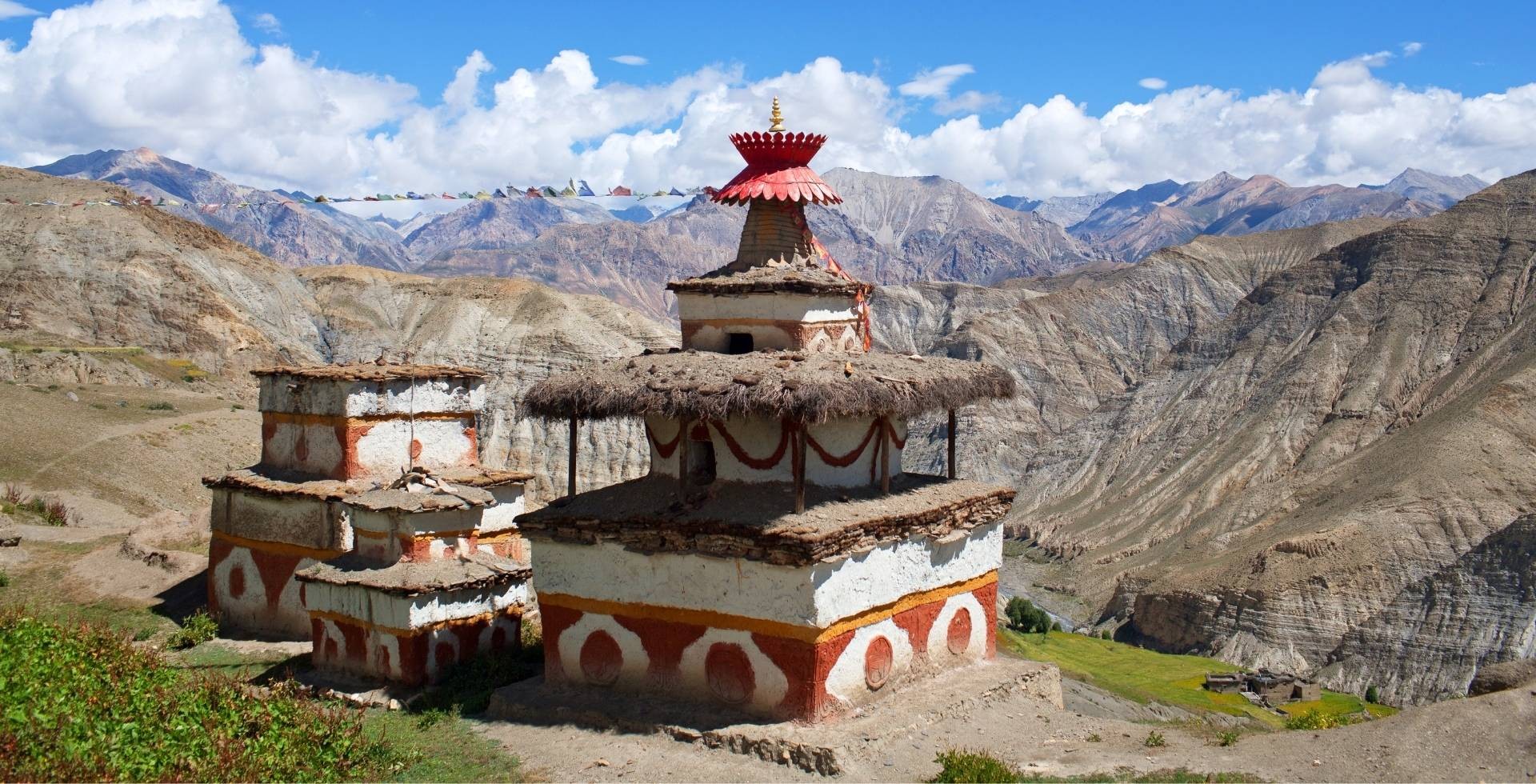
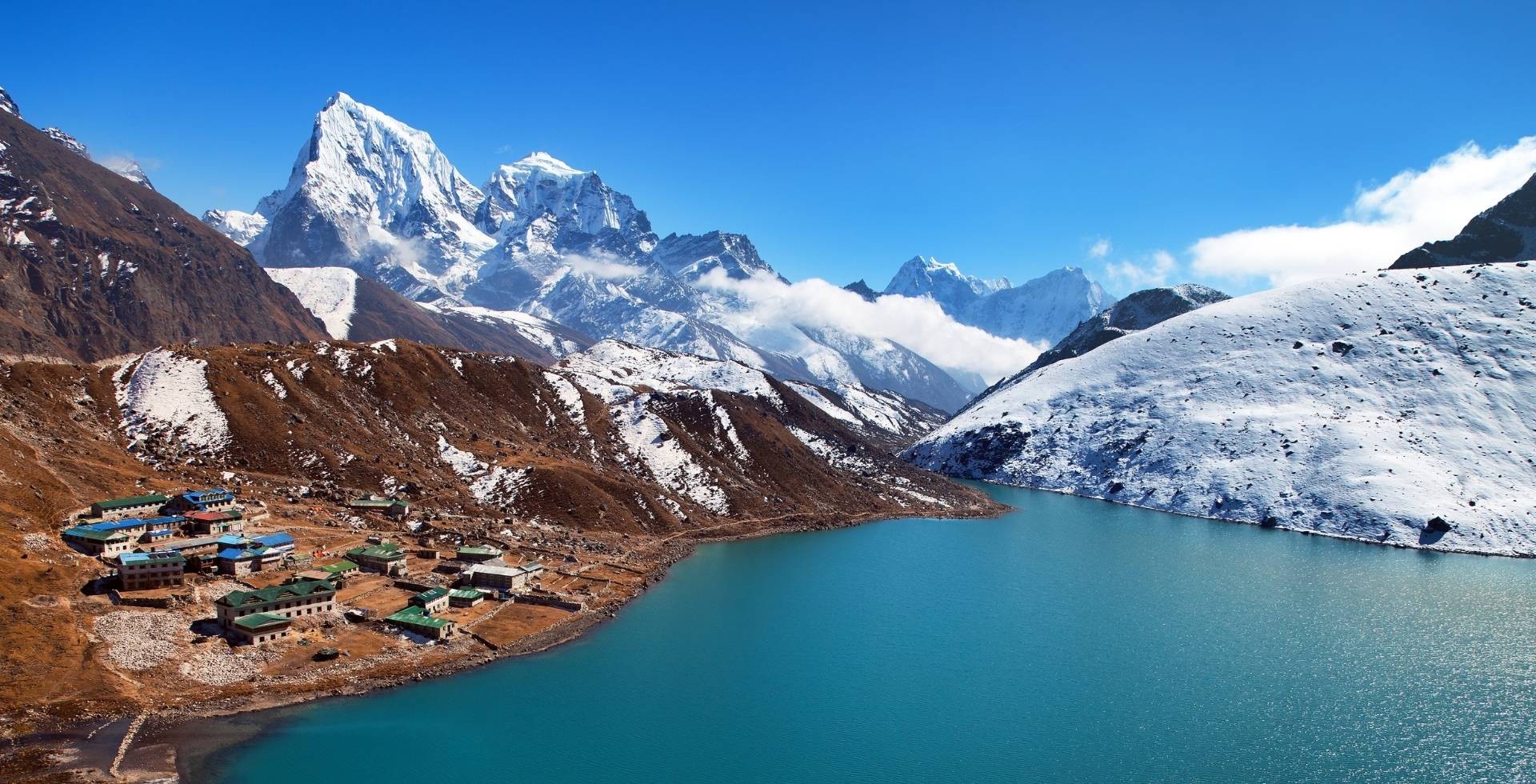
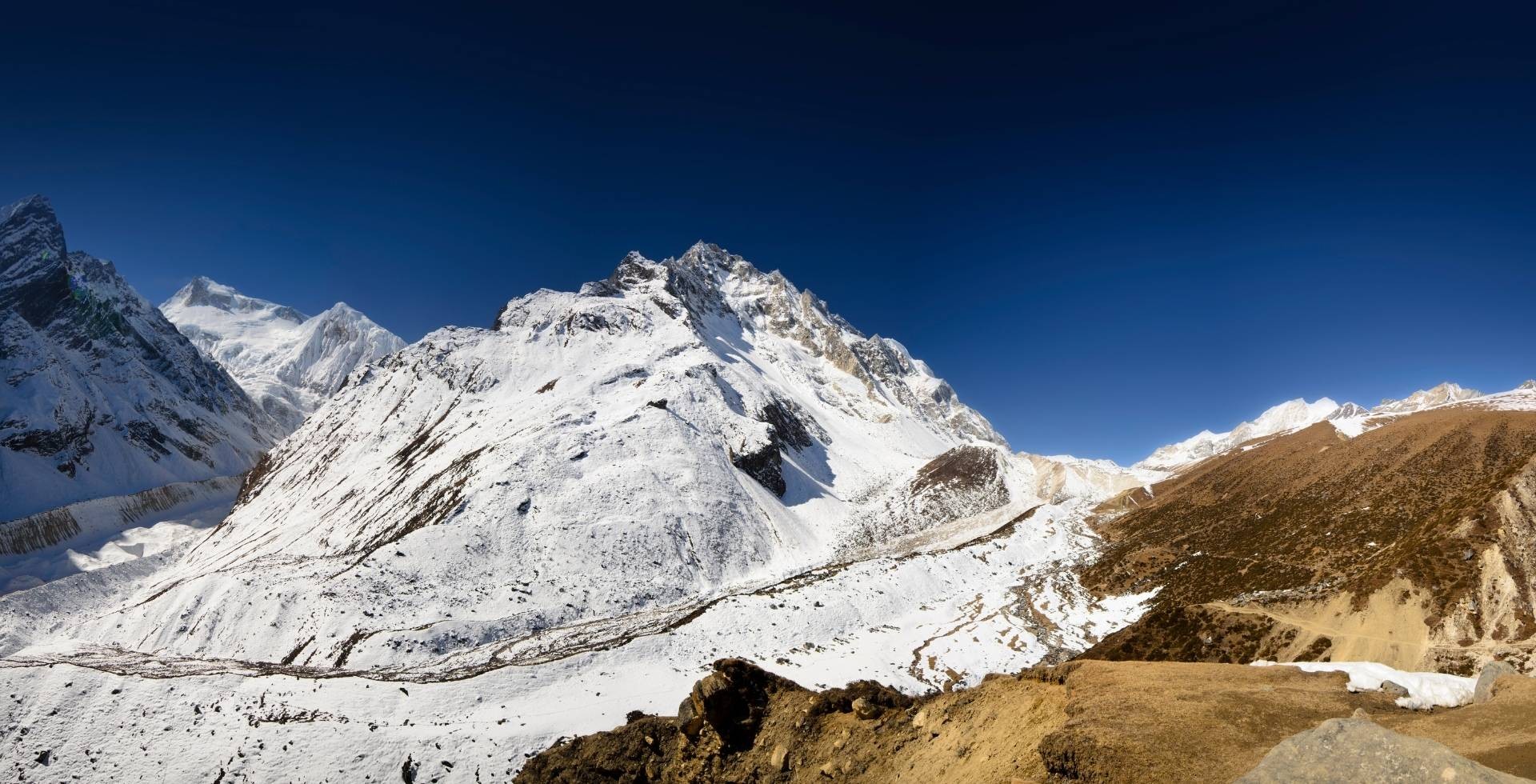
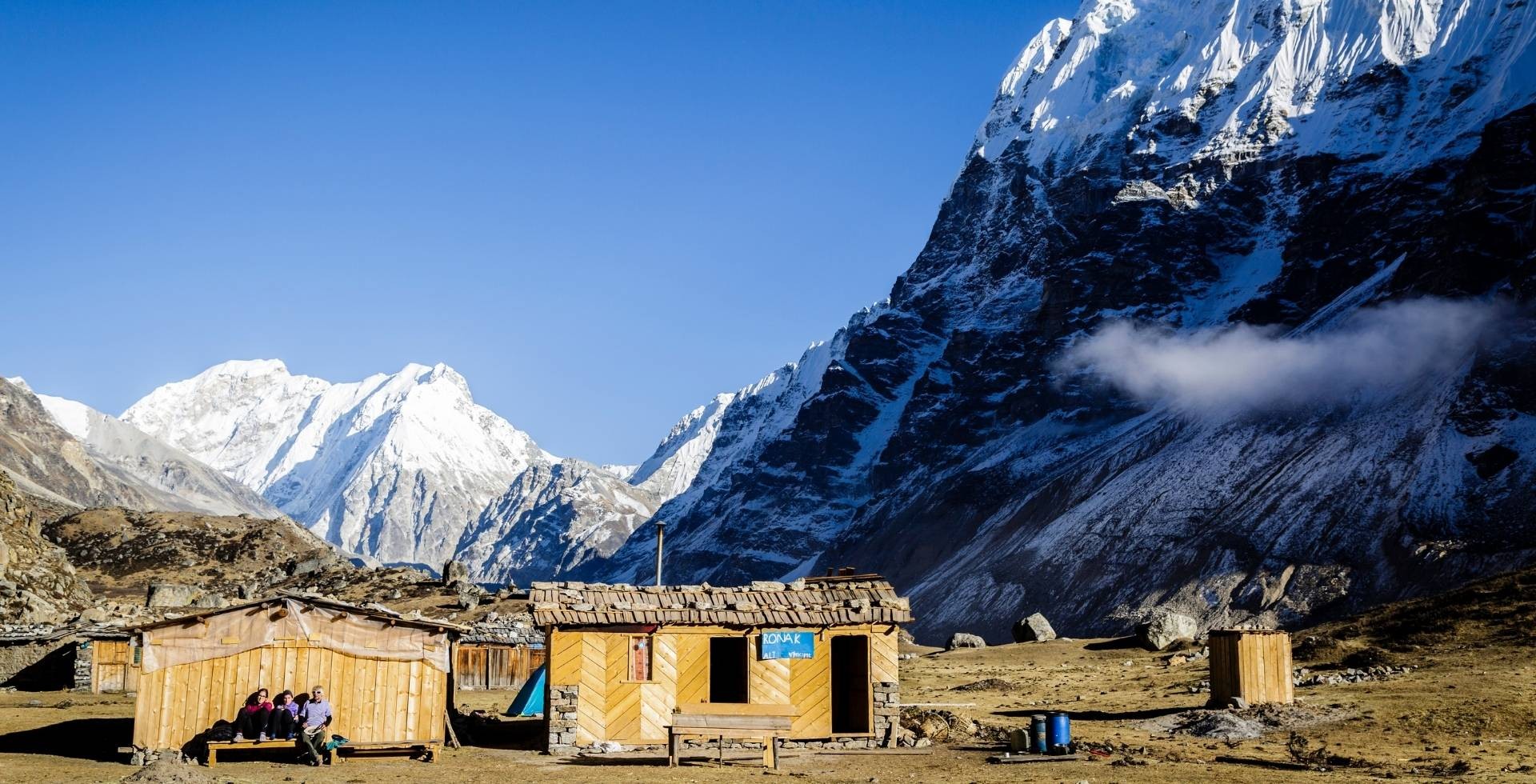
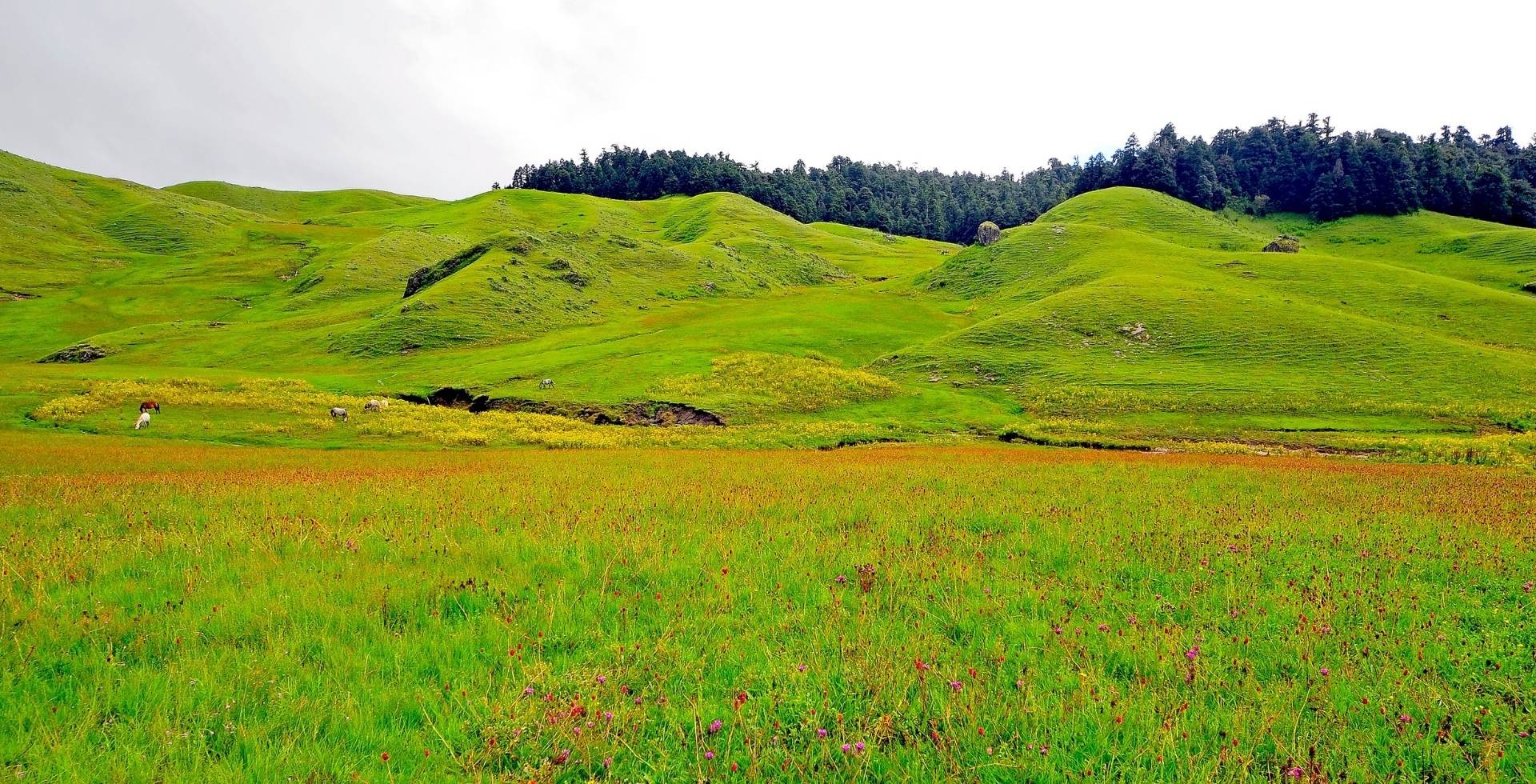
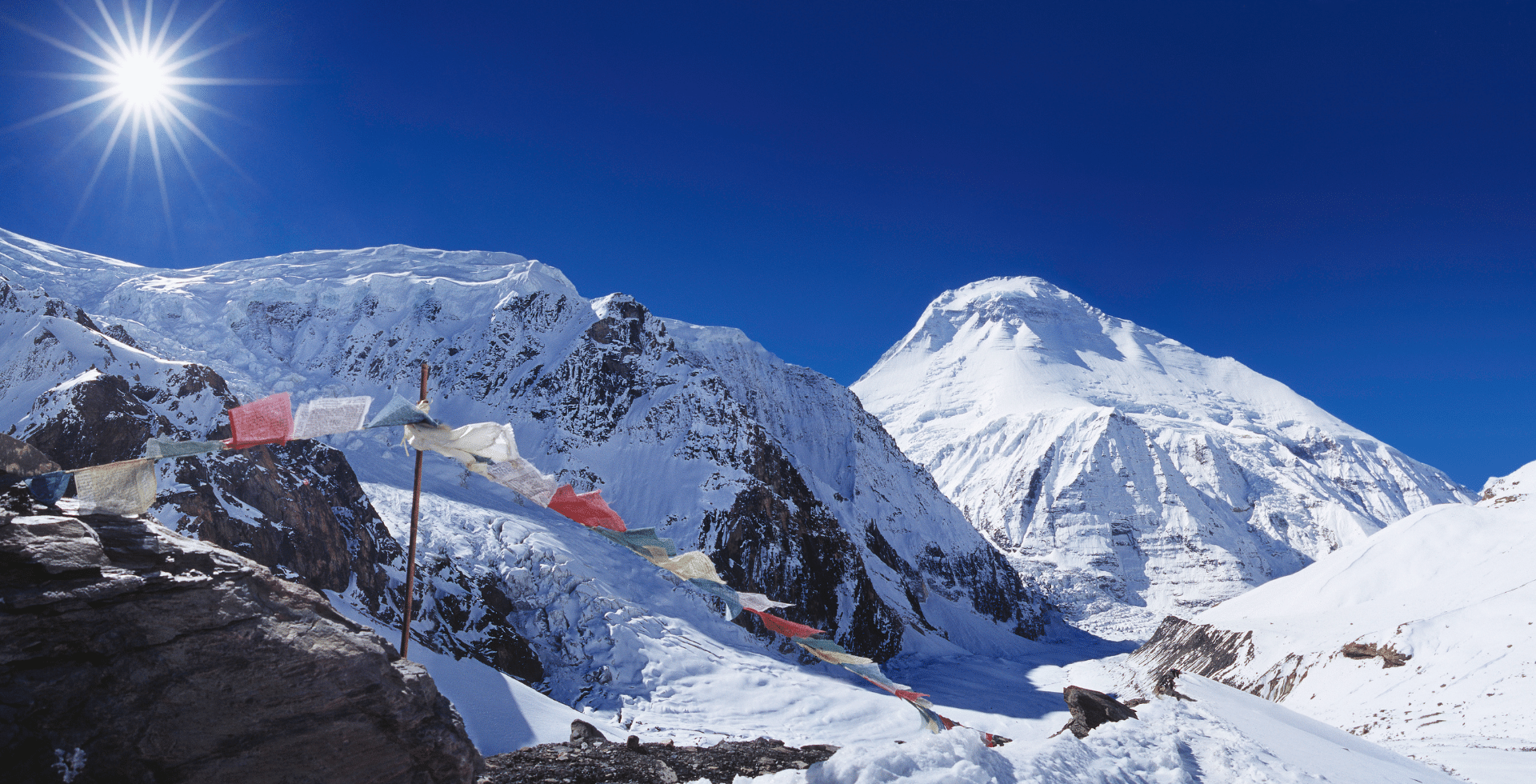
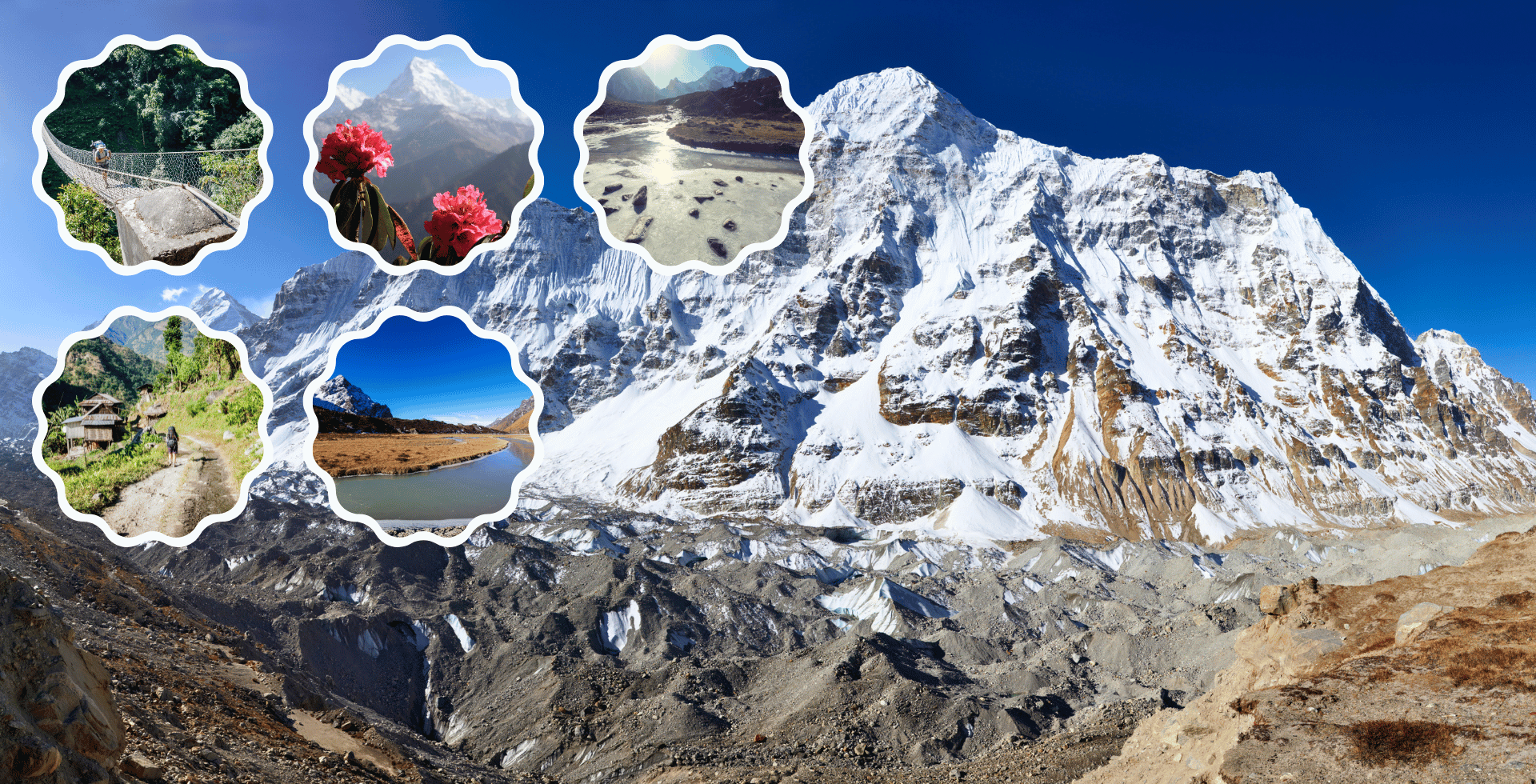
 Altitude Himalaya
Altitude Himalaya